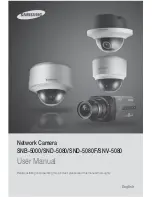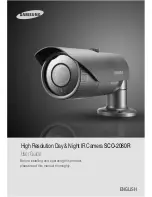
5-2
|
ni.com
Chapter 5
Image Acquisition
(5-1)
where
E
max
is the maximum exposure time without blurring,
R
is the rate of motion of the object either horizontally or vertically,
FOV
is the field of view in the direction of motion, and
N
is the number of sensor pixels in the direction of motion
For many applications that include moving objects, additional lighting is necessary to achieve
good image contrast due to the short exposure time required to avoid motion blur.
Additionally, in many environments, the ambient light conditions vary too significantly to obtain
consistent results without adding dedicated lighting. For example, in a building with windows,
the ambient light can vary significantly with weather. Also, standard fluorescent lighting flickers
at a rate that is perceivable by the smart camera. In these situations, the ambient light must be
overridden with a dedicated light source to ensure reproducible results.
Acquiring Images
You can configure the NI Smart Camera to acquire images based on internal timing or an
external trigger signal. In both cases, the smart camera can acquire full frame images at the
camera’s maximum frame rate. If partial scanning or binning are enabled, the smart camera can
acquire images faster than the full frame maximum frame rate. Refer to the
Maximum Frame
Rate
section for information about factors that affect the maximum frame rate.
Internal Timing
The NI Smart Camera features two types of internally-timed modes: free-run mode and
fixed-frame-rate mode.
In free-run mode, the smart camera acquires images at the maximum frame rate allowed by the
configuration.
In fixed-frame-rate mode, you can specify a frame rate that is less than or equal to the maximum
frame rate by setting the
Frame Rate
property in LabVIEW. Setting the
Frame Rate
property
will implicitly take you out of free-run mode and into fixed-frame-rate mode. To return to
free-run mode, set the
Fixed-Frame-Rate Mode
property in LabVIEW to FALSE.
Note
Vision Builder AI and MAX do not support fixed-frame-rate mode.
E
max
R
Horizontal
2
×
FOV
Horizontal
(
)
N
Horizontal
(
)
⁄
-----------------------------------------------------------------------------
=
















































